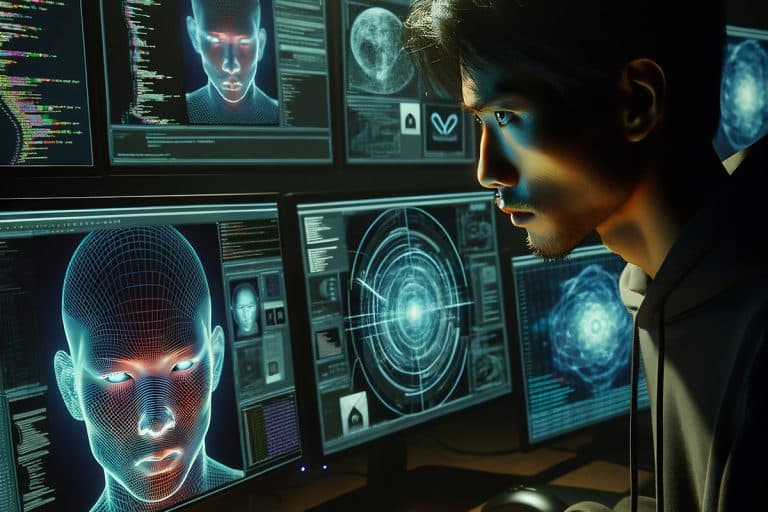
Deepfakes: From Political Threats to Business and Cybercrime Risks
Artificial intelligence has significantly expanded the ability to create realistic audio and video materials. While deepfake technology was initially seen primarily as a threat to democratic processes, elections, and trust in information, in reality its greatest dangers are emerging in other domains — cybercrime, fraud, and the erosion of trust in the business environment.
Key Findings of the WEF Study
- Shift in focus: Deepfakes are now more commonly used for financial fraud than for political disinformation.
- Business under threat: Fake voice calls from “executives” or manipulated video conferences are increasingly being used to steal money.
- Growing accessibility: Producing high-quality deepfakes has become cheaper and easier, paving the way for mass use.
- Erosion of trust: Even awareness of the technology undermines people’s confidence in the authenticity of any information.
What Businesses and Society Should Do
- Implement multi-layered verification mechanisms (multi-factor authentication, internal transaction confirmation protocols).
- Train employees in cyber hygiene and methods to detect fake content.
- Strengthen international cooperation to combat disinformation and deceptive technologies.
Context and Recommendations for Kyrgyzstan
- Financial fraud targeting migrants and families:
Cases have already been reported where fake voice calls from “relatives” urged victims to urgently transfer money. Public awareness campaigns through media and NGOs are essential. - Undermining trust in institutions:
Ahead of elections and referendums, waves of deepfakes may be used to discredit politicians or public figures. Cooperation between the Central Election Commission, media, and the IT sector is needed for rapid detection. - Risks for business:
Kyrgyz companies, especially in banking and telecommunications, may face attacks through fake video calls and emails. Internal verification protocols should be introduced (e.g., mandatory re-confirmation of any transfers above a certain threshold). - Legislation:
Currently, there is no direct regulation of deepfakes in Kyrgyzstan, but existing Criminal Code provisions on fraud and cybercrime may apply. Looking ahead, legal amendments should be considered to address AI-related threats. - Education and media literacy:
Universities and schools should integrate modules on critical thinking and digital security. Business associations and the IT community can initiate corporate training for employees.
Conclusion
For Kyrgyzstan, the key task today is not only to respond to the deepfake threat but also to build a resilient digital security ecosystem: from legislation and corporate protocols to education and citizen awareness.
 Русский
Русский